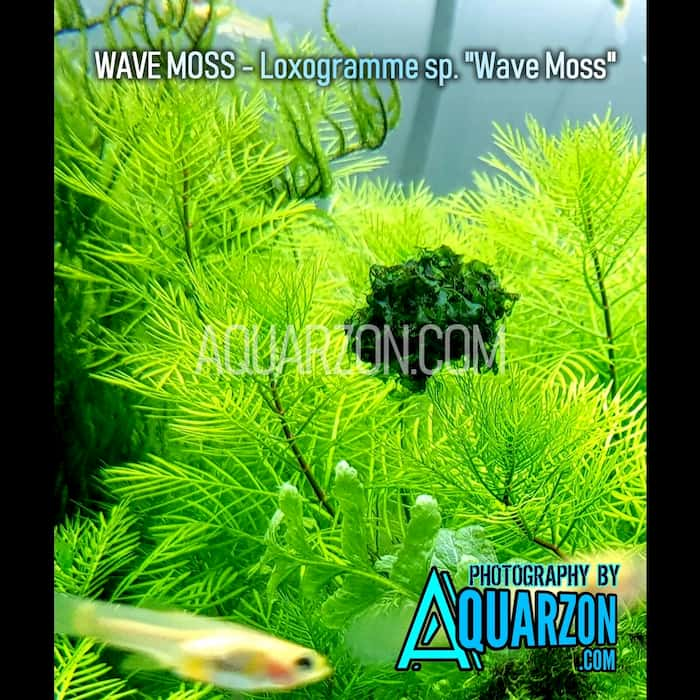How to Control Different Types of Aquarium Algae
Aquarium does look beautiful in any corner of your living room, or in any set up. There are many aquarium plants which are very attractive such as unique types of Bucephalandra and micro variety of Anubias White propagated by Aquarzon which can are viewable at Aquarzon.com. However, besides having the air-stones, ornaments, plants, fish, etc., an aquarium has its dark side too and that is the algae. But, that doesn’t mean that one should abstain himself from having that beautiful decorative piece at home!
Algae growth is an unavoidable fact of aquarium tank that every aquarium owner have to face sooner or later.
However, some algae growth is normal and healthy, but others can be hazardous to your fish and aquarium plants. Here are few types of algae and ways to deal with them:
Types of Algae
- Brown or gravel or silica algae: this is common if the tank is new, it coats the tank in sheets, and often these algae can be easily wiped off. Though harmless and goes away as the tank matures.
- Blue-green or slime or smear algae: it is usually caused due to an excess of nitrates and phosphates in water. Also, this algae spreads rapidly and causes considerable damage to the aquarium.
- Blanket Weed: It is the toughest algae to remove. It is tend to form a tough, green, wool-like mat and attach itself to hair grass, substrate, and hardscape items.
- Red or beard algae: This one is also considered the toughest algae to get rid of. It mostly appears on plants.
- Fuzz Algae: As the name said it all, the short green algae, grows as individual strand or thread on your plants, glass, and decorations, thereby creating a fuzzy appearance.
- Green or hair or thread or spot algae: It is considered to be a healthy type of algae that every tank experiences to some degree. It doesn’t over grow if the tank is well cared and maintained.
- Green water or algae bloom: It is also one of the toughest to remove algae, as it cannot be wiped or scraped off like the other algae. This grows due to microscopic algae that are suspended in the water.
- Green Dust Algae: Similar to Green Spot Algae, just that this algae form a green slime over the glass. Whereas, green spot algae grow in spots.
What Causes Algae Overgrowth?
Here are some common reasons for algae overgrowth:
- Placing Aquarium where it gets direct sunlight
- Leaving lights on for long
- Overfeeding the fish
- Not changing water for too long
- High nutrient level in water environment
- Overlooking algae overgrowth
Here is how to deal with aquarium algae……
- First thing first, do not place your aquarium where direct sunlight hits, as, sunlight promotes algae growth.
- Next, under artificial lighting conditions, make sure that the light is not stronger than required. Also, light should not be on for more than eight hours each day. You can have a timer for that.
- Don’t overfeed your fish, as, it can increase the phosphate levels in the water. Feed only small portions and make sure you remove any uneaten food immediately.
- Make sure you change tank’s water on regular basis. If changing whole water is not possible make sure you change 10 to 15 percent of tank water every week, and thereby keeping nutrients in the water low.
- Make sure the water you use in not high in phosphates, if it is, then you need to use phosphate removers or maybe find another water source for your tank.
- The moment you see algae beginning to grow on the rocks, glass, or other hard surfaces of the tank, remove it immediately.
- Keep live plants in your aquarium.
- Keep algae-eating fish such as Otocinclus, Siamese flying fox, or Plecostomus.
- Good water care also help in controlling aquarium algae.
- Sometimes water changes are not effective, in such a situation using a diatomic filter or completely blocking all light for several days work well.
See more:
https://www.selfgrowth.com/articles/best-algae-eaters-to-control-aquarium-algae
http://scalar.usc.edu/works/sharing-knowledge/what-are-the-benefits-of-aquarium-mosses

